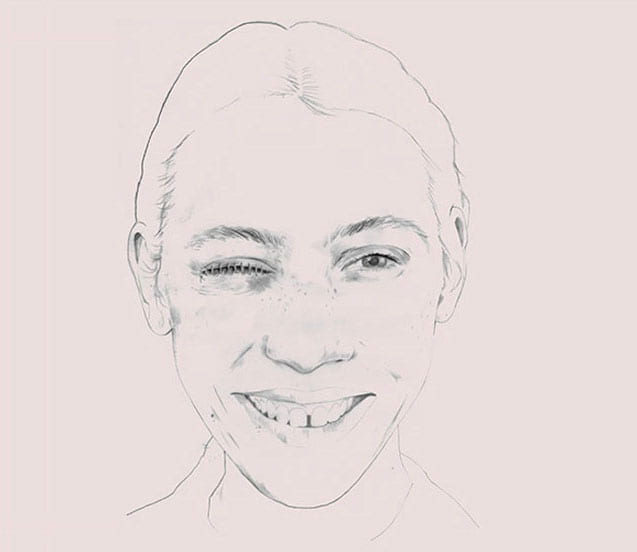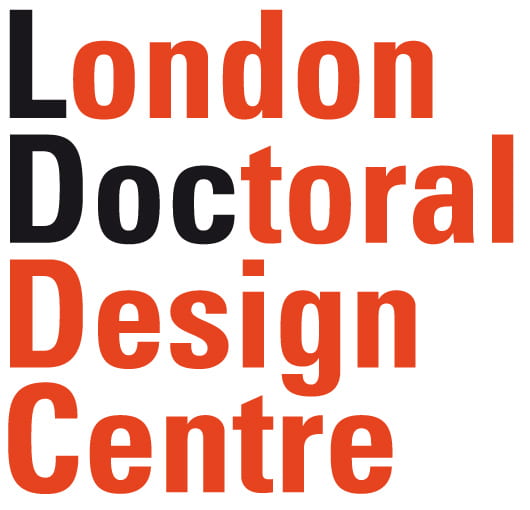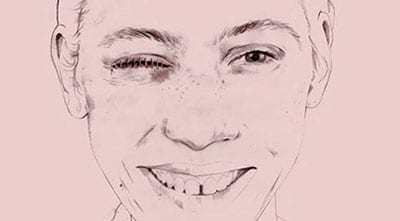
Lucy Russell, A Monster Model, Pencil, 2014
Can fashion/media body images via the process of drawing be re-appropriated to positive effect as part of the creation of a social innovation design tool that can be accessed or shared with groups to question negative body image/s and to build well-being and “body confidence”?
The purpose of this practice-led research is to examine and investigate theories of the well-known dilemma concerning representation of the body in socio-cultural/fashion/media, perceived media pressure and peer criticism and the effects occurring as negative body image in many groups.
Adopting a multidisciplinary literature review combined with action research and social innovation design approach, the research will draw upon theoretical frameworks to inform my thinking and discussion. The ambition is to understand how and why low body confidence is measured to be in epidemic proportions linked to designed images and culture, to understand what has already been originated to address that problem, and what is needed or still missing, to better understand and locate my future contribution.
Recognising this as a “wicked” dilemma where there can be no one correct answer or solution that adequately assist everyone, this research aims to explore the notion of using re-appropriation/illustration/drawing centrally to help see the problem in new ways, that could viably make a contribution to changing (for some), not just an understanding of the problem, but also to what might be done, linked to a social innovation agenda.
The research will consider the arts, creativity and the imagination as agents of wellness: their possibilities to help keep the individual resilient, aid recovery and foster a flourishing society. Nonetheless the strengths and weaknesses of such contributions need mapping and critical assessment, asking: how does the experience, in either arts workshops or arts therapies differ from an educational approach? What concepts may be similar to both? And how is ‘quality’ defined in this context?
Identifying the most beneficial users and addressing the problem that individual therapy is not affordable, available or relevant to all groups affected, the research will contextually appropriate a perspective for understanding whether a design engagement tool, “a tool of change” could be created to question negative body image and build body confidence. These will include resources developed through my own practice of re-drawing and re-appropriation, tested through research in the field to ensure efficacy and effectiveness.
I am creating a new set of design processes that may make a difference to building body confidence, and customizing established research methods that have been found efficient in other scenarios. Consequently the research undertaken will assess what has already been achieved and whether or not it might be possible to work with groups in new ways to re-appropriate socio-cultural /fashion/media imagery to positive effect and to use this to form qualitative research from a study with a selected group. The aim is to design tools of change that can be replicated and used to assist those working in education and other institutions to better understand and negotiate representations of the body: to design new resources which help the questioning of body image and possibly help develop higher body confidence.

